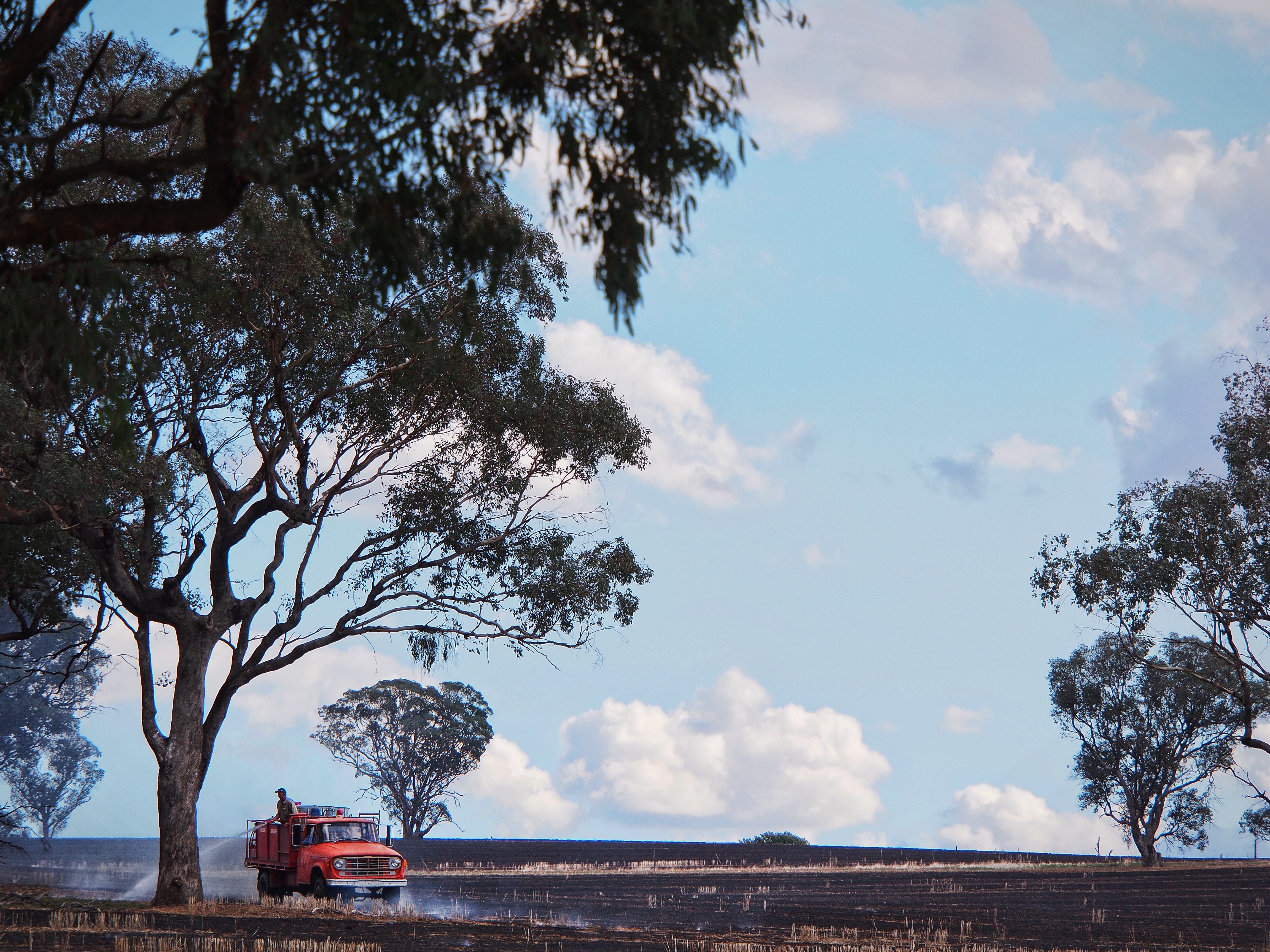A novel citizens’ jury held recently in Narrabri involving members of the UNE Institute for Rural Futures has broken new ground on how communities can better prepare for and respond to bushfires, floods and storms.
The citizens’ jury hosted by the NSW State Emergency Service (SES) brought 17 “jurors” (randomly selected residents) to the Narrabri Courthouse for two days to hear from “witnesses” and make recommendations about how communities and emergency service agencies can work better together to keep the shire’s people safe during emergencies. Situated as it is on the Namoi River floodplain, Narrabri is prone to flooding. Bushfires, storms and heatwaves are also part of the area’s “natural hazard profile”.
Witnesses included local and state experts in risk management, meteorology, climate change, community work, emergency planning and response, and researchers like PhD student Shauntelle Benjamin, from the UNE School of Behavioural, Cognitive and Social Sciences, who spoke about decision-making under stress and post-traumatic stress disorder.
The institute’s Dr Melissa Parsons, a researcher in the Bushfire and Natural Hazards CRC and member of the jury project team, said citizens’ juries represented a powerful opportunity for the community to become involved in decision-making.
“They explore community views, based on the evidence presented, and this one was particularly important because Australia is expecting a changing pattern of droughts, floods, bushfires and heatwaves,” Dr Parsons said.
“These events are expected to increase in magnitude and frequency in some places and with that comes the potential for greater cost in terms of lives, properties and livelihoods.
“Faced with such emergencies, communities need to become better prepared by building their disaster resilience.”
Dr Parsons said emergency management is undergoing a shift towards shared responsibility in line with the National Strategy for Disaster Resilience.
“With this shift, communities and emergency service agencies will need to understand what shared responsibility means on the ground, and the citizens’ jury is one way to explore that,” she said.
“This jury is a pilot study, but we hope the recommendations will help the people of Narrabri to build aspects of disaster resilience – like functioning better under stress, social capital, adaptability and self-reliance.
“We’re realising that communities need to be placed at the centre of planning for natural hazards because it’s communities and the people and places within them that will be affected by these inevitable events.”
The jurors recommended holding a community emergency services expo, appointing community wardens in Narrabri neighbourhoods, making mental health services available after disasters, preparing community-wide emergency response plans and using social media to direct people during disasters.
They have also suggested door-knocking residents to help them prepare for the bushfire season, and supplying residents with an example of an emergency plan and information to help them prepare their properties.
The jury’s findings will be presented to the Office of Emergency Management (which funded the exercise), the Local Emergency Management Committee and Narrabri Shire Council. The next step will be to work out with the community how best to implement the recommendations.
As well as their involvement in the Bushfire and Natural Hazards CRC, UNE researchers are working on a number of projects with emergency service agencies around Australia to help build disaster resilience.

